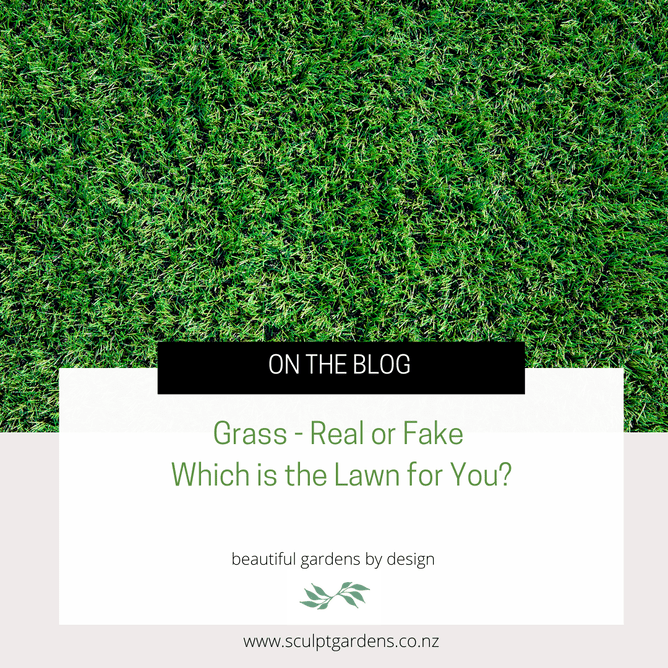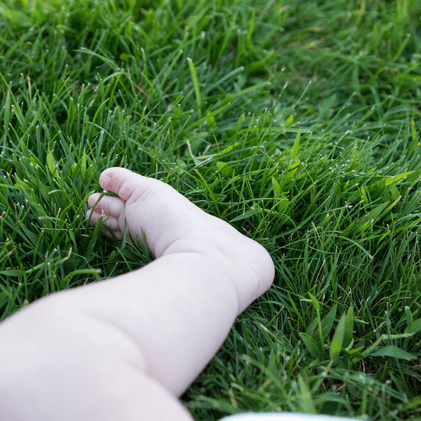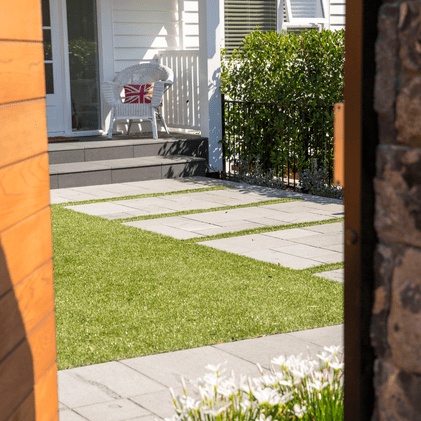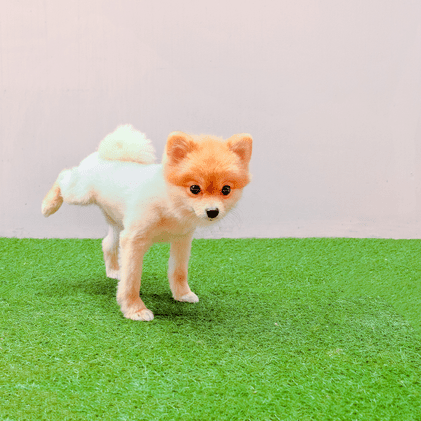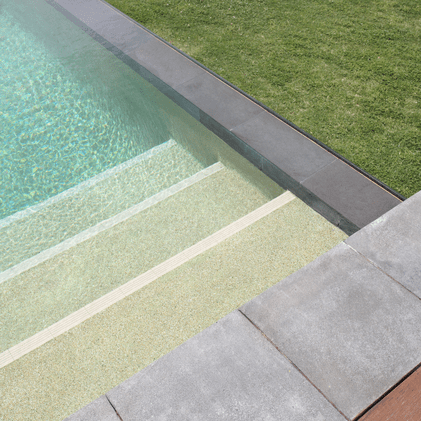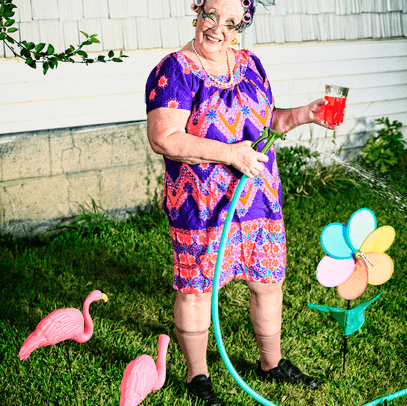Should I replace my lawn with artificial grass?
This is such a hot topic with my clients, that I've decided to write a blog to help you answer this question.
I'm afraid there isn't a 'one size fits' all answer but hopefully my 5 P's guide will help you come to the best conclusion for your garden.
The first P is for Place
Whereabouts is your lawn or the spot you are you thinking of installing your artificial turf? If the site is in full all- day sun during the summer, artificial turf can get really hot in the summer months - burny toes type of hot. This isn't going to be suitable if you have a young family.
However, if the spot you are considering is more shady, where you struggle to get grass to grow and it might also have poorer drainage and gets muddy in the winter, this is a more suitable spot for some artificial turf.
There is something special about sinking your feet into real lawn and there is research to suggest that walking barefoot on grass you even improve your health! Research also suggests physical contact with the Earth’s surface can help regulate our autonomic nervous system and keep our circadian rhythms — which regulate body temperature, hormone secretion, digestion and blood pressure, among other things — synchronised with the day/night cycle.
The second P is for People
Who is going to be using the lawn? Depending on where the lawn is, (see before) it may not be suitable for smaller children in the heat of summer, if this is your only piece of outdoor area. However, artificial turf could be ideal for putting a trampoline on, in a shadier spot in your outdoor area.
The garden below was designed by Sculpt Gardens for a family with older children. They love being able to pull out the beanbags and lounge about all year round on this surface. Something they couldn't do before in the winter months. For older people, a small table setting or lounge furniture can easily be placed on artificial turf, instead of a 'harder surface'. Fake lawn can 'green up' an area that may consist mainly of man made surfaces such as concrete, pavers or tiles.
The third P is for Pets
Here at Sculpt, we have had mixed feedback about fake lawn and pets. Some people have used the turf in a dog run / kennel area, around the shady back of the house, where people don't 'hang out . They say it is fabulous & easy to keep clean. Others say that in summer, if the turf is in full sun, the smell of dog urine is unpleasant and can't be hosed away.
There are products that can be added to dog's drinking water that reduce the odour. I haven't tried and tested these myself to give you a recommendation!
The forth P is for Prep
The biggest problem I see with artificial turf is that the site hasn't been prepared thoroughly before the turf going down. Artificial turf sits on top of a compressed gap material. If this isn't thick enough, the weeds from below can work their way through and up through the material. Folium Landscaping, who we use to install our designs recommend that at least 800mm / 8cm is removed and dug down to be replaced with gap, before the artificial turf goes down.
We also recommend that artificial turf looks better 'framed' with timber or stone / concrete edging, for clean lines.
If you are looking for a beautiful real lawn, that looks good all year round, I recommend getting a turf maintenance company that specialises in weed / disease and insect control to provide you with a lawn maintenance program.
The fifth P is for Planet
When you choose to have a natural grass lawn, your decision has an environmental impact. Natural grass cools the atmosphere because it releases water vapour when it gets hot - a similar process to sweating. It also produces oxygen through photosynthesis. Lawns also annually take in about 5 percent of the carbon dioxide in the earth's atmosphere, which helps reduce the potential for global warming.
These benefits need to be weighed up with whether or not you will be using water to irrigate your lawn during the summer. With water shortages & bans becoming more frequent, many homeowners are opting to put in additional water tanks, to help with watering during the hotter drier months.
Artificial turf is made of plastic and will eventually be difficult to recycle and reuse, it is likely to end up in a landfill. Laying on top of the earth, it will compact the soil, creating an inhabitable environment for the living organisms in your soil, rendering it unable to grow plant materials until that soil has been brought back to life.
So, I hope my 5 P's will help you make an informed decision as to whether artificial or real is the best way forward for your lawn. Remember that if you want a second opinion or you are thinking of putting artificial lawn into your new garden project, book in for a garden consultation with us HERE.
